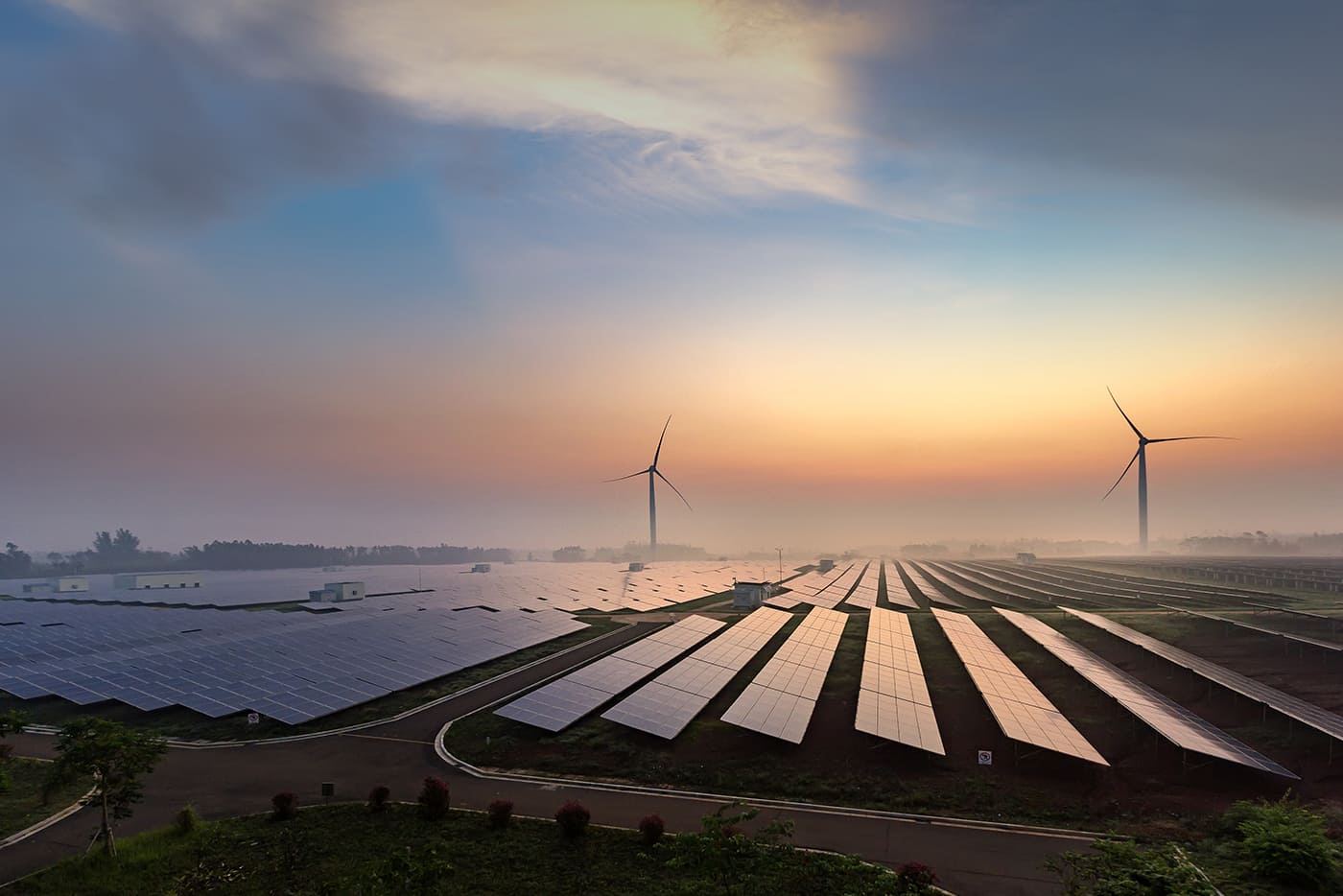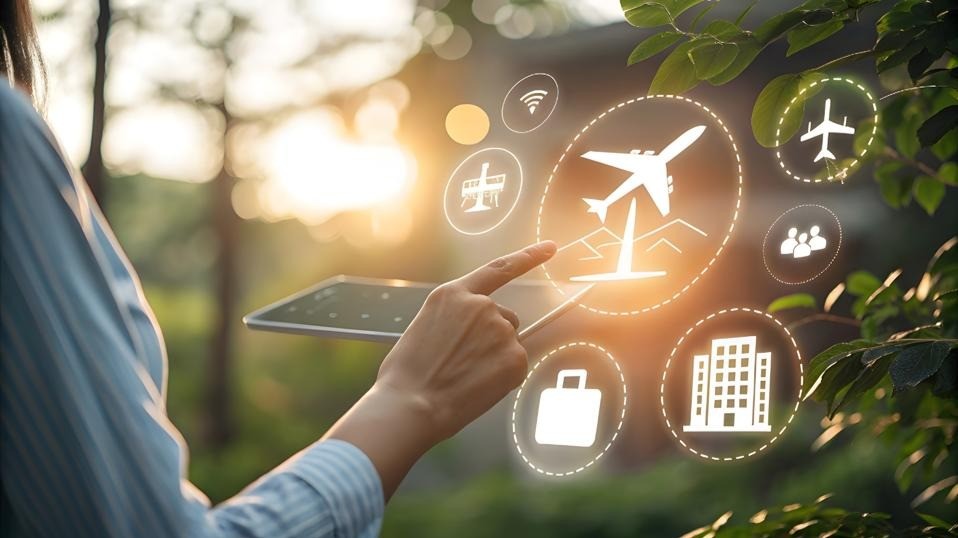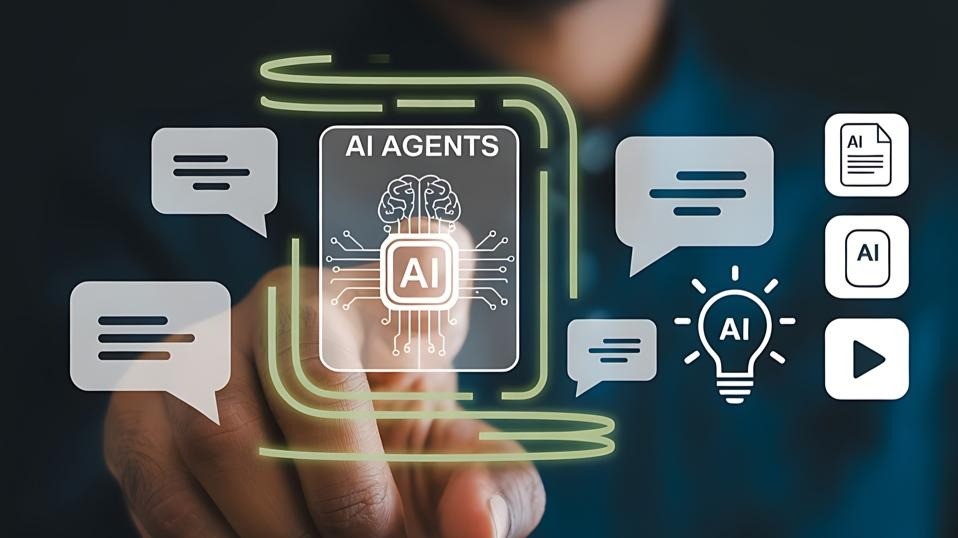The 3 Biggest Future Trends (And Challenges) In The Energy Sector
21 February 2022
When you think about it, the term “fossil fuels” is particularly apt because our traditional ways of generating energy were designed for the world of the past. In some parts of the world, our reliance on these fossil fuels has gone on far longer than it should have. This is why I consider transforming the energy sector to be one of the most important challenges we face today. In this article, I outline three major trends that promise to overhaul how we produce energy.

Trend 1: Decarbonization
This trend refers to the transition towards a clean, carbon-free world, largely by increasing our use of renewables and increasing premiums on the use of fossil fuels.
Electrification is often touted as a significant way to decarbonize energy (switching to electric cars, for example). Unfortunately, for the moment, fossil fuels still make up a huge percentage of electricity generation in many countries – including the US, where fossil fuels are responsible for 60.3 percent of electricity generation. For electricity to become emissions-free, we must move further towards renewable energy solutions such as wind, solar, and biofuels. This alone could eliminate as many as 7 million deaths a year from air pollution and slow (or reverse) the effects of global warming.
Of course, renewable energy solutions have their challenges – not least the fact that we need energy 24 hours a day, yet we don't have sun and wind 24 hours a day. We, therefore, need greater investment in energy storage projects so that we can store the energy created through renewable sources.
We also need other clean energy alternatives that can provide a reliable supply of electricity when supply from renewable sources dips. For now, that means nuclear power. I understand that nuclear makes people nervous, but the technology is one of the safest and cleanest ways of producing energy. In fact, nuclear energy results in 99.7 percent fewer deaths than coal and 97.5 percent fewer than gas (although I must say that the safety record for wind and solar is even more impressive).
Looking further ahead, we may see other clean energy alternatives come to fruition. For example, the European Commission has a strategy to develop green hydrogen for use from 2030–2050. Other exciting energy alternatives include magma power, which involves using heated steam produced by magma deep within the earth to generate electricity. If that sounds far-fetched, Iceland already has a magma-enhanced geothermal system to generate electricity.
Trend 2: Decentralization
In a nutshell, this trend is all about transitioning away from our current system of highly centralized energy grids run by monopolistic energy providers, towards distributed energy production systems. In other words, thanks to a combination of renewable energy and localized “microgrids,” consumers can generate their own electricity for their own needs.
If you have rooftop solar panels, you’ll already be familiar with this idea. But, importantly, decentralized energy schemes can scale up much bigger than that, serving anything from a single building to an entire housing scheme, or even a whole city. This is exciting because it means individual consumers, organizations, and local authorities can take charge of their own energy portfolio.
A good example comes from Glasgow, in Scotland, where there is a small but growing amount of local energy generation from local generators in and around the city. The city is also encouraging housing developers to not only look at their own localized energy production on new developments, but also create shared energy resources with neighboring developments.
Trend 3: Digitization
This trend is all about the use of digital machines, devices, and technology to optimize energy production, infrastructure, and use. We have “intelligent” everything these days, from intelligent vacuum cleaners to intelligent coffee machines, so why not intelligent energy networks?
This trend is inextricably linked to the previous two. An increasing variety of zero-carbon energy sources will mean our energy networks become more complex. And decentralized grids will need intelligent solutions to monitor and manage fluctuating demand. Digital tools will help us overcome these challenges and realize much-needed changes in the energy sector.
What sort of tools are we talking about? Some of the major contributors to digitization in the energy sector will be:
- AI and predictive analytics – particularly when used to analyze and predict demand, and adjust where power is drawn from on distributed grids.
- The Internet of Things – including smart home thermostats that can help consumers cut their energy use.
- Blockchain – which could be particularly useful for creating smart contracts that allow consumers to trace where their energy comes from.
- Digital twins – which can be used to create a virtual replica of a power plant or even an entire grid, allowing providers to model different scenarios, make better decisions, and improve efficiencies.
These and other digital solutions have given rise to the collective term “Energy 4.0” – playing on the term “Industry 4.0.”
Overhauling the energy sector won’t be easy. Traditional energy companies can be slow to change – probably because they face some unique complications, such as health and safety risks, and the huge amount of capital invested in existing energy assets. But change they must, if they want to stay relevant in an increasingly competitive sector.
Related Articles
AI Travel Hacks And Prompts That Will Save You Time, Money And Stress
By now, “smart” versions exist of just about every home appliance, gadget and gizmos we can think of. However, manufacturers continue[...]
AI Agents Are Already Reshaping Business Leadership And Decision Making
By now, “smart” versions exist of just about every home appliance, gadget and gizmos we can think of. However, manufacturers continue[...]
Agentic AI As The New Design Partner
By now, “smart” versions exist of just about every home appliance, gadget and gizmos we can think of. However, manufacturers continue[...]
Invisible Intelligence: Nokia’s Networks With A Sixth Sense
By now, “smart” versions exist of just about every home appliance, gadget and gizmos we can think of. However, manufacturers continue[...]
5 Costly Marketing Technology Mistakes Businesses Will Make In 2025
By now, “smart” versions exist of just about every home appliance, gadget and gizmos we can think of. However, manufacturers continue[...]
5 Costly Customer Data Mistakes Businesses Will Make In 2025
By now, “smart” versions exist of just about every home appliance, gadget and gizmos we can think of. However, manufacturers continue[...]
Sign up to Stay in Touch!
Bernard Marr is a world-renowned futurist, influencer and thought leader in the fields of business and technology, with a passion for using technology for the good of humanity.
He is a best-selling author of over 20 books, writes a regular column for Forbes and advises and coaches many of the world’s best-known organisations.
He has a combined following of 4 million people across his social media channels and newsletters and was ranked by LinkedIn as one of the top 5 business influencers in the world.
Bernard’s latest book is ‘Generative AI in Practice’.










Social Media